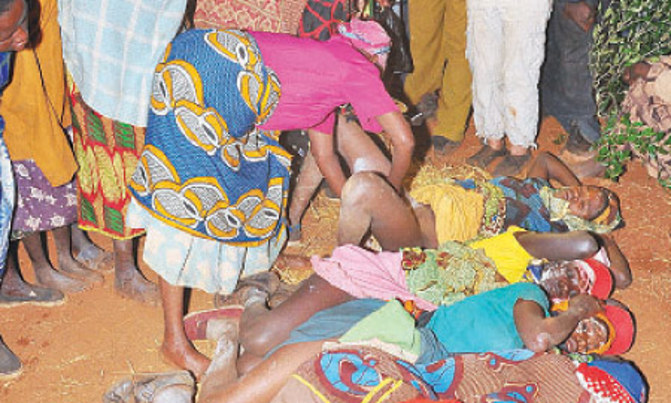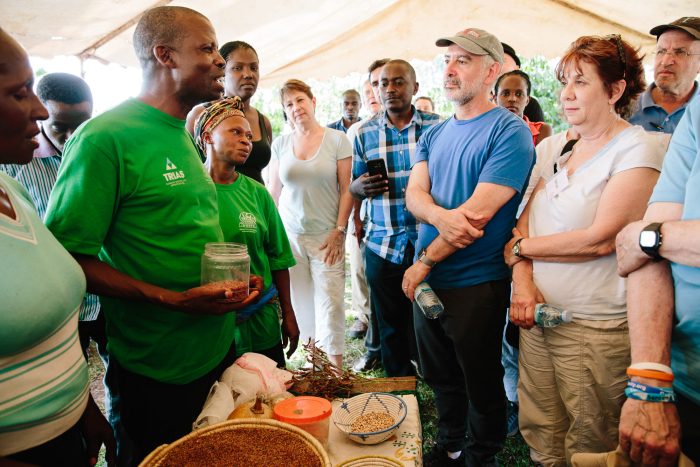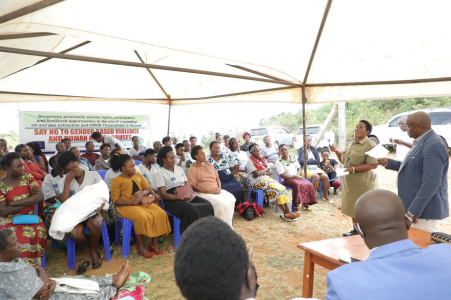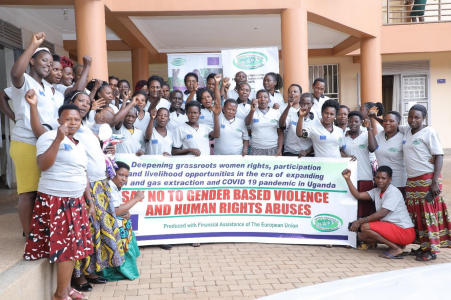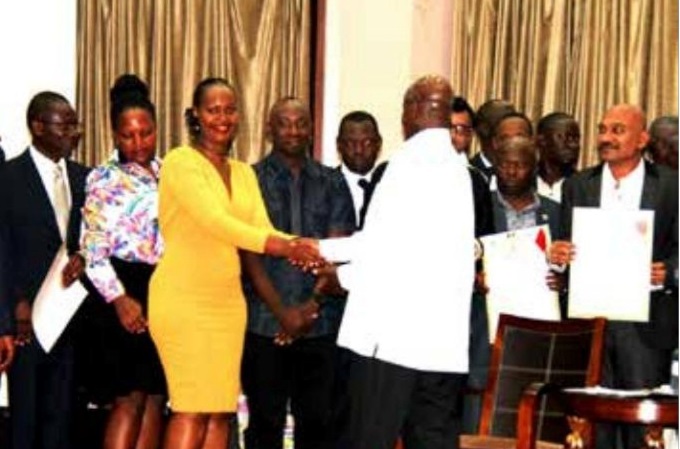Campaign to Save Mabira Forest
In 2006 the Government of Uganda in collaboration with the Sugar Corporation of Uganda Limited (SCOUL) owned by the Mehta Group of companies announced plans to clear one-third of the Mabira Central Forest Reserve (around 70 square kilometres (27 sq mi), for sugarcane plantations. Government then proposed to de-gazette this land and transfer its ownership to SCOUL.
The deforestation plans however, were disputed within Uganda. Environmentalists and the general public in Uganda feared for the loss of hundreds of endangered species, increased soil erosion, the damage of livelihoods of thousands of local people who directly depend on the forest, and the negative impacts on water balance and regional climate.
The President and cabinet supported the plan and viewed it in terms of increased job creation. The cabinet then claimed the plan would generate 3,500 jobs and contribute 11.5 billion Ugandan shillings to the treasury. The unemployment rate in Uganda then stood at 1.90 percent according the Uganda Bureau of Statistics. Despite all effort –dialogue meetings between environmental activists and the president, government line ministries and the management of SCOUL, with clear reasons to dispute the forest give-away, the president went ahead with the de-gazettement plan.
NAPE in conjunction with other civil society groups in Kampala then formed a pressure group and codenamed it ‘Save Mabira Crusade’ (SMC) to protest the forest give-way. The group spearheaded by NAPE mobilized Ugandans across the country and beyond to protest the forest de-gazettement plan. It was the first time in Ugandan history when unity in diversity prevailed -all Ugandans spoke with one voice. The international community too, supports Ugandans in this struggle.
In February 2007, SMC organized a massive demonstration on the streets of Kampala to denounce government plan to give-away part of Mabira forest to the Mehta Group of companies. The organizers of the demonstration dully informed police and clearly indicated it would be peaceful. The police however, instead of providing security to the demonstrators, they fired live bullets, tear gas and brutally beat up demonstrators. Three people were killed including an Indian in the process. Properties worth millions of shillings were also destroyed.
Government did not accept to own the mistake, but blamed the mishandling of the demonstration on the organizers. Some members of SMC were arrested including, the Executive Director of NAPE and incarcerated. But this did not deter them from opposing the unpopular government.
Government then bowed down to pressure and abandoned the plan to de-gazette the forest. But this was short-lived.
In 2011 government again attempted to resurrect the de-gazettement plan. But NAPE and other civil society groups once again put up a spirited fight to save Mabira forest. NAPE together with representatives of other civil society groups held meetings with the President both at his country home in Ntungamo and at State House in Entebbe and the activists told the President the economic value of Mabira forest and the activist’s position to save the forest. The activists advised government to look for alternative land to grow sugarcane.
The President suggested a joint research between the activists and State House on the economic values of Mabira forest so that the findings of that research would inform government on their next step. But since then, the government has kept silent on the Mabira forest issues. For now Ugandans can say they have won the Mabira forest battle, but the war still continues. Who know! The power of money may eventually consume the widely cherished forest.

THE BEST TIME TO PLANT TREES IS NOW
The only way to make this happened is to take action!

